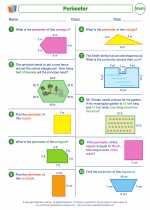What is an Equation?
An equation is a mathematical statement that shows that two expressions are equal. It consists of two sides, a left-hand side (LHS) and a right-hand side (RHS), separated by an equal sign (=). The goal of solving an equation is to find the value of the variable that makes the equation true.
Example of an Equation
One example of an equation is: 2x + 5 = 11. In this equation, the LHS is 2x + 5 and the RHS is 11. The variable in this equation is x.
Solving Equations
To solve an equation, you'll need to perform operations to isolate the variable on one side of the equation. The goal is to get the variable by itself on one side of the equation, so you can find its value. You can use properties of equality to perform operations like addition, subtraction, multiplication, and division to both sides of the equation. The solution to the equation is the value of the variable that makes the equation true.
Types of Equations
There are different types of equations, such as linear equations, quadratic equations, and more complex equations involving trigonometric functions, logarithms, and exponential functions. Each type of equation may require different methods to solve, but the fundamental goal remains the same: find the value of the variable that satisfies the equation.
Importance of Equations
Equations are essential in mathematics and real-world applications. They are used to model and solve problems in various fields, including physics, engineering, economics, and more. Equations provide a way to represent relationships between quantities and find unknown values.
Understanding equations and how to solve them is a fundamental skill in mathematics, laying the groundwork for more advanced topics like algebra, calculus, and beyond.
[Equations] Related Worksheets and Study Guides:
.◂Math Worksheets and Study Guides Third Grade. Perimeter
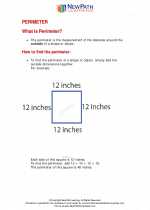
 Activity Lesson
Activity Lesson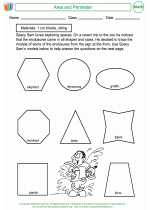
 Worksheet/Answer key
Worksheet/Answer key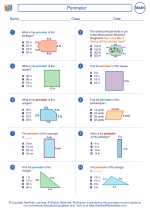
 Worksheet/Answer key
Worksheet/Answer key
 Worksheet/Answer key
Worksheet/Answer key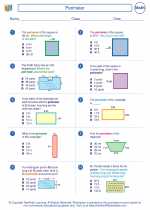
 Worksheet/Answer key
Worksheet/Answer key